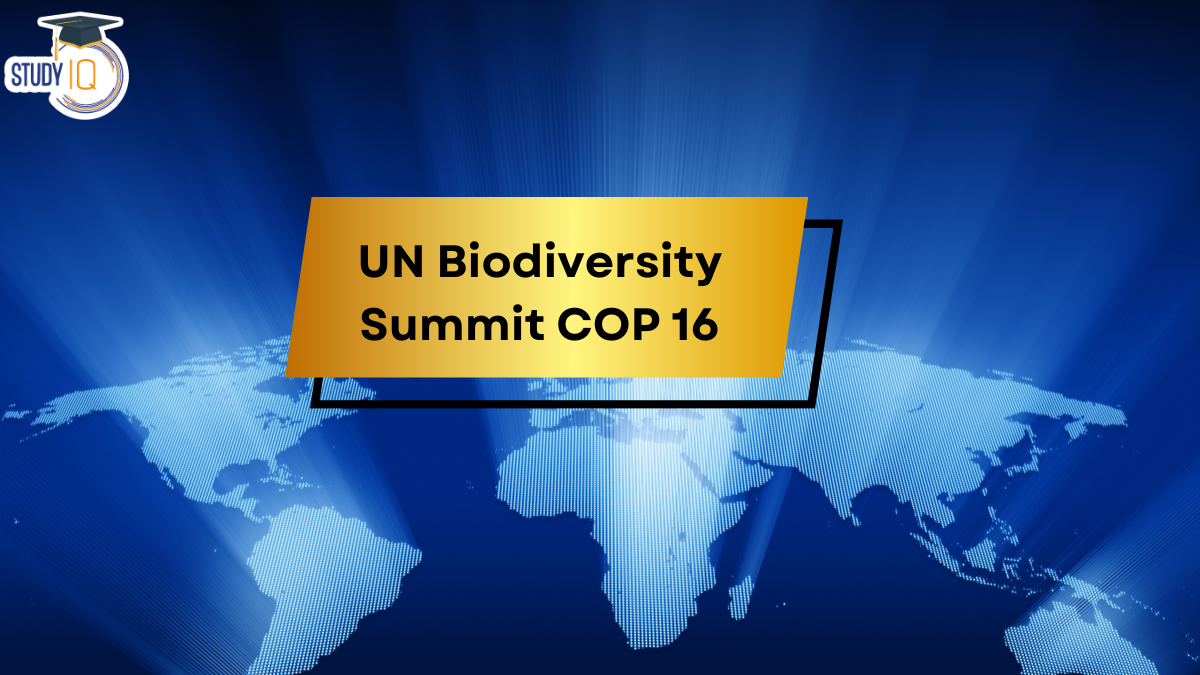United Nations Convention on Biological Diversity (UN-CBD)
- It is a multilateral treaty aimed at promoting sustainable development through the conservation of biological diversity. It was an outcome of the 1992 Earth Summit in Rio de Janeiro, Brazil.
- Goals:
- Conservation of biological diversity.
- Sustainable use of its components.
- Fair and equitable sharing of benefits derived from genetic resources.
- Key Agreements:
- Cartagena Protocol: Focuses on biosafety and the safe handling of living modified organisms.
- Nagoya Protocol: Adopted in 2010, it addresses access to genetic resources and the fair sharing of benefits arising from their utilisation.
- Conference of the Parties (COP): (Held every 2 Years)
- It is the governing body of the CBD, consisting of all governments that have ratified the treaty.
- It reviews progress, sets priorities, and establishes work plans for member nations.
- Recent Developments:
- The 15th COP of UN-CBD was held in Montreal, where countries adopted the Kunming-Montreal Global Biodiversity Framework, with ambitious goals to reverse biodiversity loss by 2030, including protecting 30% of land and sea areas by 2030.
| Facts |
|
| UPSC PYQ |
| Q. Consider the following pairs (2016)
Terms sometimes seen in the news – Their origin
Which of the pairs given above is / are correctly matched? (a) 1 and 2 only (b) 2 and 3 only (c) 3 only (d) 1, 2 and 3 Answer: C |


 Bihar Assembly Election 2025 Dates, Poli...
Bihar Assembly Election 2025 Dates, Poli...
 Bharat Bandh 9 July 2025: Over 25 Crore ...
Bharat Bandh 9 July 2025: Over 25 Crore ...
 Sukhoi Su-57: Will India Choose Russia�...
Sukhoi Su-57: Will India Choose Russia�...





















